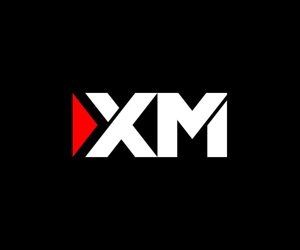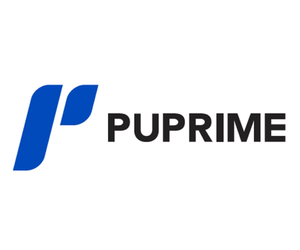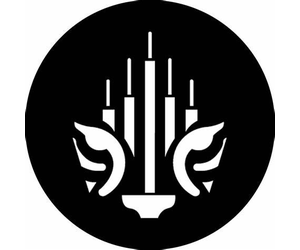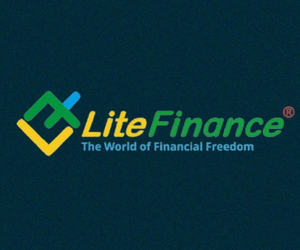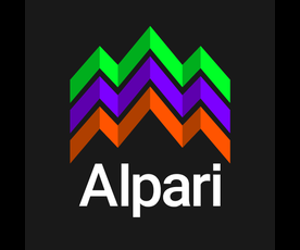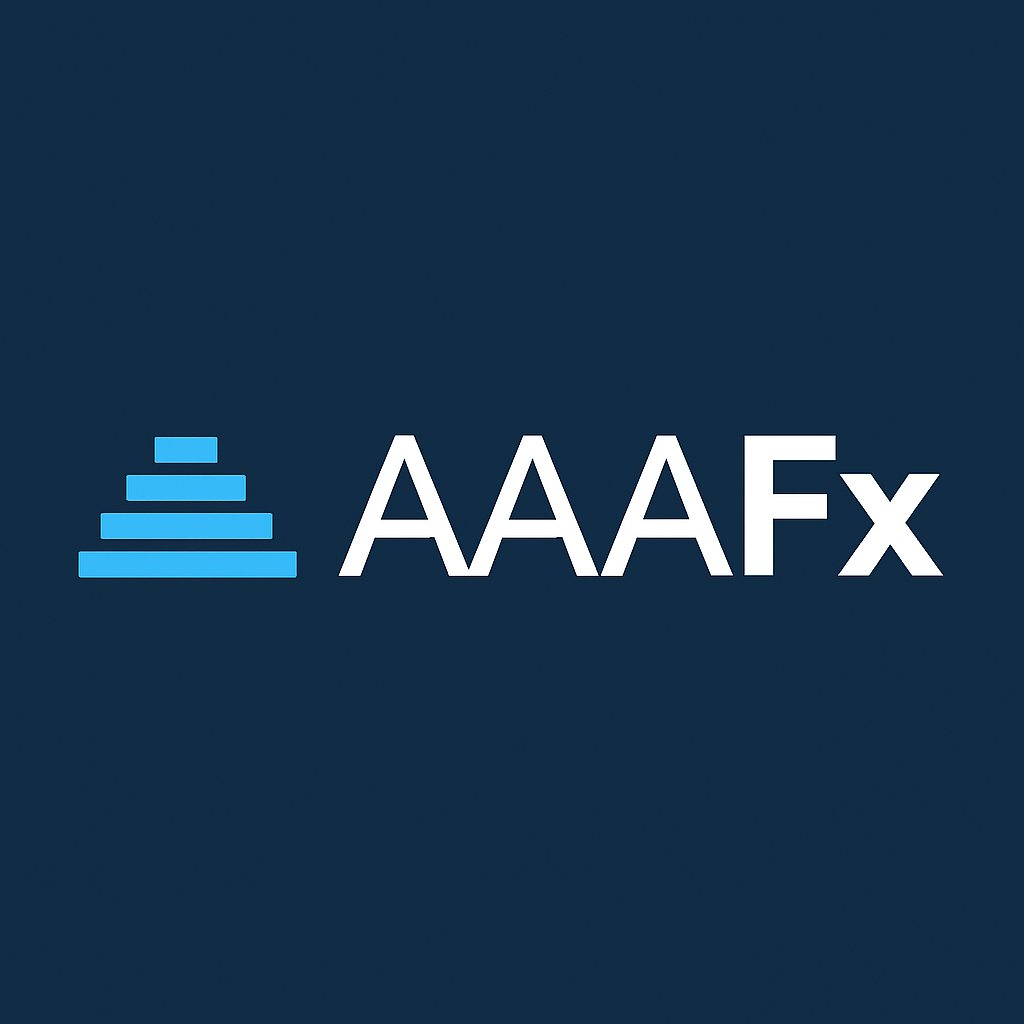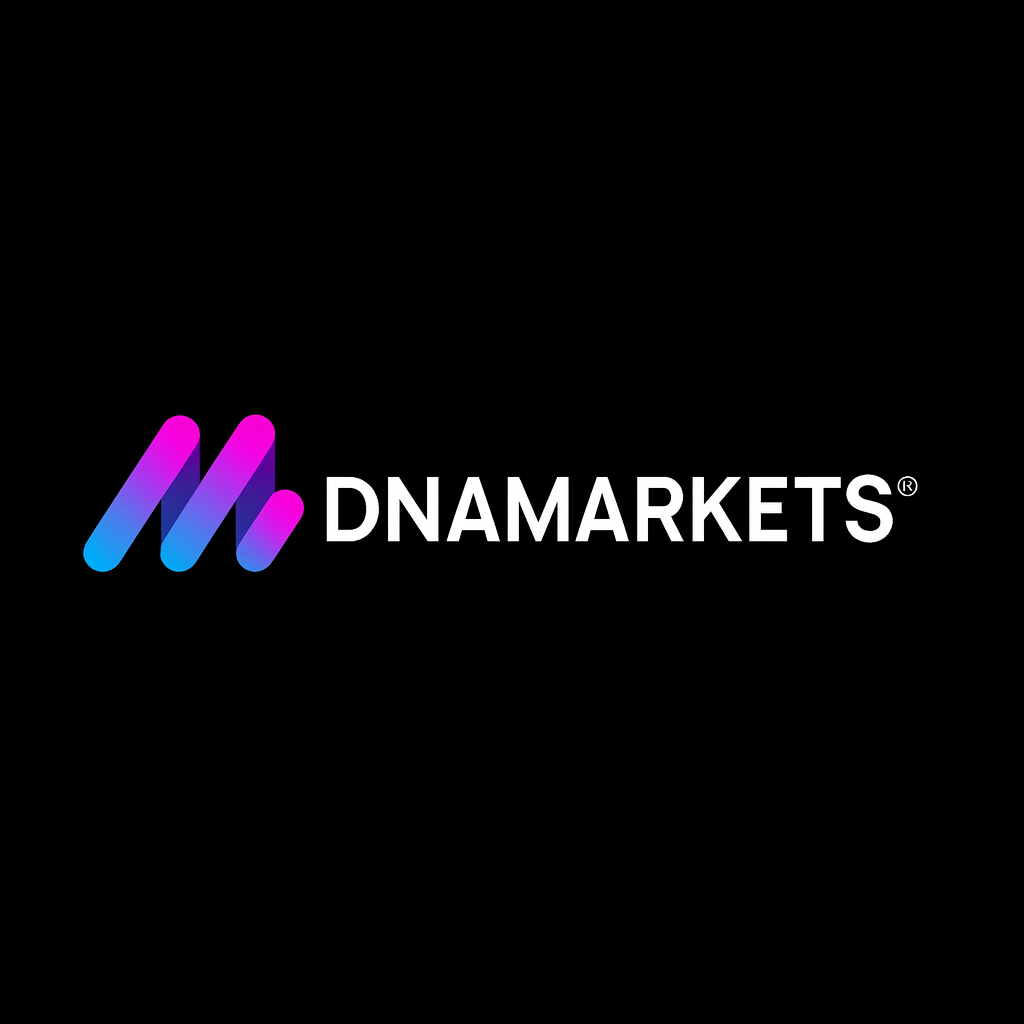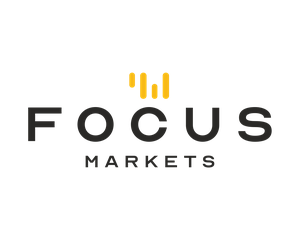LiteFinance review clarifies the brand’s entities—EU (CySEC-licensed) versus offshore—and what that means for protections, leverage, and dispute paths. See platforms, funding/withdrawals, and our verdict so you can choose the safer option for your region and trade with fewer hassles—see how.
LiteFinance, formerly known as LiteForex, is a long-running retail forex and CFD brand. It serves clients through several entities, including a Cyprus firm under CySEC, a Mauritius dealer, and an offshore company in St. Vincent and the Grenadines (SVG). For beginners, the entity you open with shapes your protections, leverage, and complaint path. That is the focus of this review.
Using our TraderVerified methodology—which classifies brokers into Gold, Silver, Bronze, and Red Flag bands based on regulation quality, reputation, and staff insights—LiteFinance lands in the Bronze band. In short: the brand offers multiple platforms, copy trading, and low entry deposits. Yet most international clients are routed to the SVG entity that lists “Regulator: No,” which lowers the safety net compared with top-tier setups.
Here’s what new and casual traders should know, in plain language and in the order you’ll likely decide: Is it safe? What’s the track record? Where does it shine—and where could it improve? Finally, who is it best for, and how does it stack up within its band?
Regulation & Safety
Corporate setup: the entities that matter
- Liteforex (Europe) Ltd (Cyprus) — licensed by CySEC, license 093/08. This entity serves EEA clients under MiFID II. If you qualify for onboarding here, you get EU-style protections and leverage caps.
- LiteFinance Investment Limited (Mauritius) — licensed by the Financial Services Commission (FSC) as an Investment Dealer (Full Service Dealer, excluding Underwriting) under license GB20025921. This is a mid-shore license that allows more flexible leverage and marketing than EU rules.
- LiteFinance Global LLC (St. Vincent & the Grenadines) — registration 931 LLC 2021. LiteFinance’s own site lists “Regulator: No” for this entity and notes there is no compensation scheme and no designated complaints authority. Many non-EU clients are onboarded here.
Why this matters. Your protections depend on the entity. EU clients get CySEC oversight and MiFID II standards. Mauritius provides a real license but with looser guardrails than the EU. SVG offers the fewest formal protections because the local authority does not supervise CFDs like a prudential market regulator would. Always check the entity shown in your account opening documents before you fund.
Client protections at LiteFinance (vary by entity)
- Segregated client money. LiteFinance states it holds client funds in segregated bank accounts. The registered-offices page explicitly lists this for Mauritius; the SVG section says segregation is applied as a firm policy but not mandated by a regulator. Treat segregation claims as a must-verify item in your account terms.
- Negative Balance Protection (NBP). Product pages and education articles state that NBP applies. The ECN account page marks “Negative Balance Protection — Yes.” The corporate offices page also shows NBP “Yes” for both Mauritius and SVG. Still, read your agreement because scope can differ by entity.
- Leverage and margin rules. Outside the EU, LiteFinance advertises high leverage—often up to 1:1000 on Classic and ECN, sometimes lower on Cent accounts. EU rules are stricter and cap retail leverage. If you are new, start much lower than the maximum.
Bottom line on safety. If you want the strongest guardrails, pursue onboarding with Liteforex (Europe) Ltd under CySEC. If you prefer higher leverage and more flexible terms, you will likely open under Mauritius or SVG. That trade-off—protection versus flexibility—sits at the center of choosing LiteFinance.
Trader Reputation & Market Presence
Longevity and reach. LiteFinance traces its retail history to the mid-2000s and highlights a global client base. The brand rebranded from LiteForex and, in late 2022, moved its primary website to litefinance.org with the client area at my.litefinance.org. The company also publishes an official domains list to help users avoid phishing and clones. Bookmark these to steer clear of look-alike sites.
Regional focus. The group runs regional portals for countries such as Vietnam, Indonesia, and Turkey. This suggests a focus on emerging markets where mid-shore and offshore entities can offer higher leverage and local features. Verify any local site against the official domains notice before logging in.
Public sentiment. Independent review sites vary in tone and depth, so we lean on primary sources for facts and treat third-party summaries as context only. The key signal remains the entity structure: protections depend on where your account sits. (If you read outside reviews, cross-check any claim against the firm’s legal pages.)
Products, Platforms, and Tools
Platforms. LiteFinance supports MetaTrader 4, MetaTrader 5, and cTrader, plus mobile apps and a web terminal. That range covers beginners and advanced users alike. If you want one-click depth of market and modern UI, cTrader is a solid option; if you prefer a familiar ecosystem with broad EA support, MT4/MT5 fit well.
Markets. The broker lists forex, metals, energy, indices, stocks/CFDs, and some crypto CFDs (availability varies by platform and entity). Always check your platform’s symbol list after you log in.
Copy trading. LiteFinance runs an in-house Social Trading network. You can follow strategy leaders from your client area and use “Quick Trading” to copy trades with one click. If you try it, review the leader’s drawdown, not only returns, and start with small sizes.
Accounts, Pricing, and Costs
Account types. The lineup is straightforward: Classic, ECN, and Cent (availability varies by entity). Classic uses spread-only pricing; ECN advertises spreads from 0.0 plus commission; Cent lowers the entry threshold for practice with live markets. Minimum deposits are typically $50 for Classic and ECN and $10 for Cent.
Leverage. Outside the EU, the site shows up to 1:1000 on Classic and ECN, and lower caps on Cent. In practice, maximums can change by instrument or during volatile periods. New traders should choose limits that match their plan rather than their hopes.
Execution and trading conditions. The firm markets market execution and “no requotes,” especially on ECN. Treat that as an aim, not a guarantee. Conditions tighten during liquid hours and widen during news or off-hours. Test on a demo or with a small live stake at the times you plan to trade.
Fees to watch. Commissions apply on ECN; spreads are wider on Classic. Payment providers may charge processing fees even when the broker lists “no fees.” Always check the finance section in your client area before funding.
Payments, Funding, and Withdrawals
LiteFinance supports cards, bank wires, e-wallets, and cryptocurrencies, with options varying by country. Processing times depend on the method and your bank or wallet. Fund using a rail you can also withdraw to, keep your KYC profile up-to-date, and expect card and wire payouts to take longer than internal transfers. The firm’s notices and help pages echo these general rules.
Strengths & Weaknesses
Strengths
- Entity choice and platform breadth. You get MT4/MT5/cTrader plus social/copy trading. That covers most workflows, from manual trading to EAs.
- Low entry deposits. Classic and ECN start around $50; Cent goes lower. Good for cautious starts.
- NBP language is explicit. Product pages and corporate disclosures note Negative Balance Protection. That’s a meaningful safety valve in volatile markets.
- Official domain list. The company publishes its current domains and announced a 2022 move to litefinance.org and my.litefinance.org, which helps you avoid clones.
Weaknesses
- Mixed oversight. SVG lists no regulator; Mauritius is mid-shore; only the Cyprus arm sits under an EU regime. Many global clients land with SVG by default.
- Protections vary sharply. Compensation schemes and complaint routes differ by entity; SVG lists no compensation scheme and no complaints authority on the firm’s own page.
- High leverage risk. Advertised limits up to 1:1000 can magnify losses fast for new traders. Good risk process matters more than headline leverage.
Overall Verdict
Band: Bronze (TraderVerified). LiteFinance combines long market presence, broad platform choice, and a lively copy-trading community. However, the group’s safety profile depends on your entity, and the common routing to SVG lowers the floor of investor protections. If your priority is standardized safeguards, aim for CySEC onboarding or consider brokers whose default retail accounts sit under Tier-1/Tier-2 regulators. If you prioritize flexibility and higher leverage and you understand the risks, the Mauritius or SVG setups may appeal—just read your agreement line by line.
Who it’s best for
- Beginners who want MT4/MT5 or cTrader and plan to start with small sizes while they learn.
- Cost-conscious traders who can live with entity differences and will verify protections before funding.
- Copy-trading users who value a built-in social network and are comfortable evaluating a leader’s drawdown vs. returns.
Peer context inside Bronze. LiteFinance sits among brokers that offer wide access and high leverage through mid-shore or offshore entities, plus at least one on-shore option for some clients. What keeps it out of Silver or Gold is the prominence of the unregulated SVG path and the uneven safety net across entities. A clear upside is platform range; a clear caution is protection asymmetry.
Expert Review Notes (Staff Insight)
- Entity choice is the first decision. The CySEC route prioritizes guardrails; Mauritius and SVG emphasize flexibility. Pick consciously, not by default, and screenshot your entity details during signup.
- Leverage is not a goal. Even if 1:1000 is available, most new traders should run far lower until their process is stable. That single choice can define your outcome.
- Treat NBP as a last line, not a plan. It helps during spikes, but it won’t stop rapid losses before the stop-out. Confirm how NBP applies to your entity.
- Stick to official domains. The brand has moved sites and maintains a live domains list. Use litefinance.org and the my.litefinance.org client area to reduce phishing risk.


